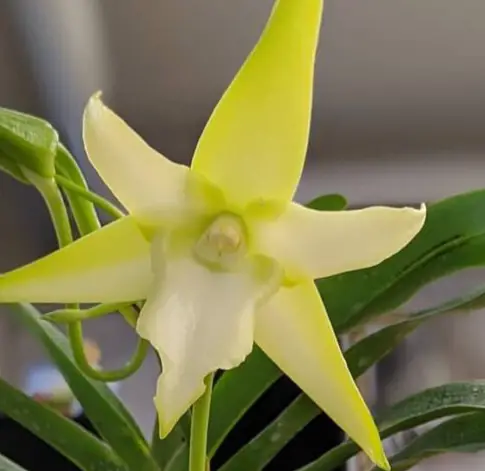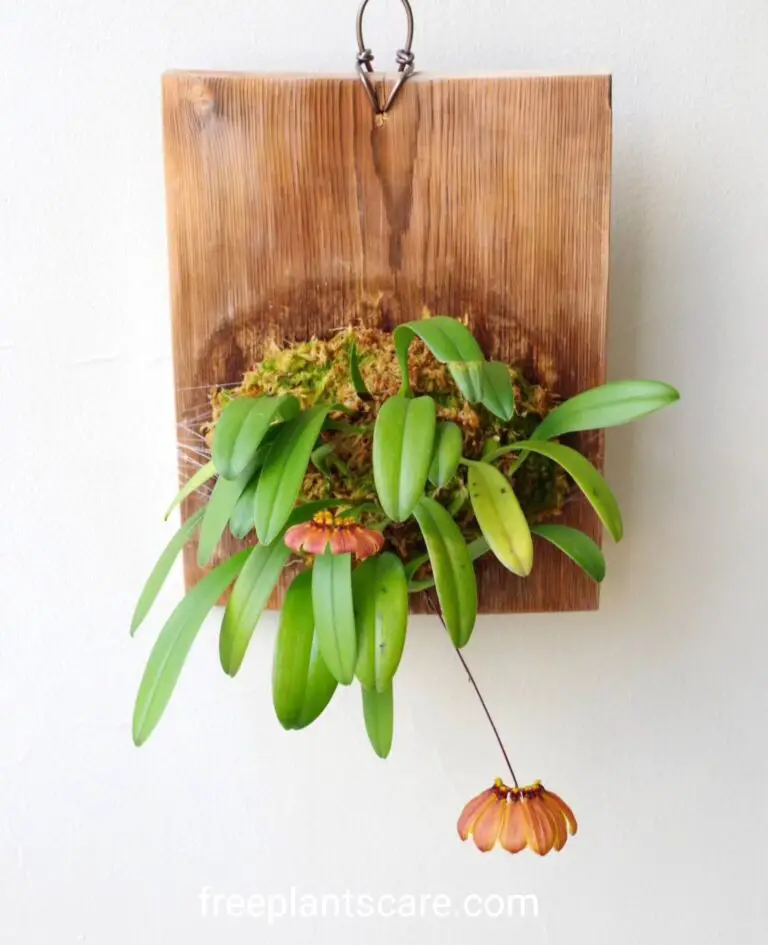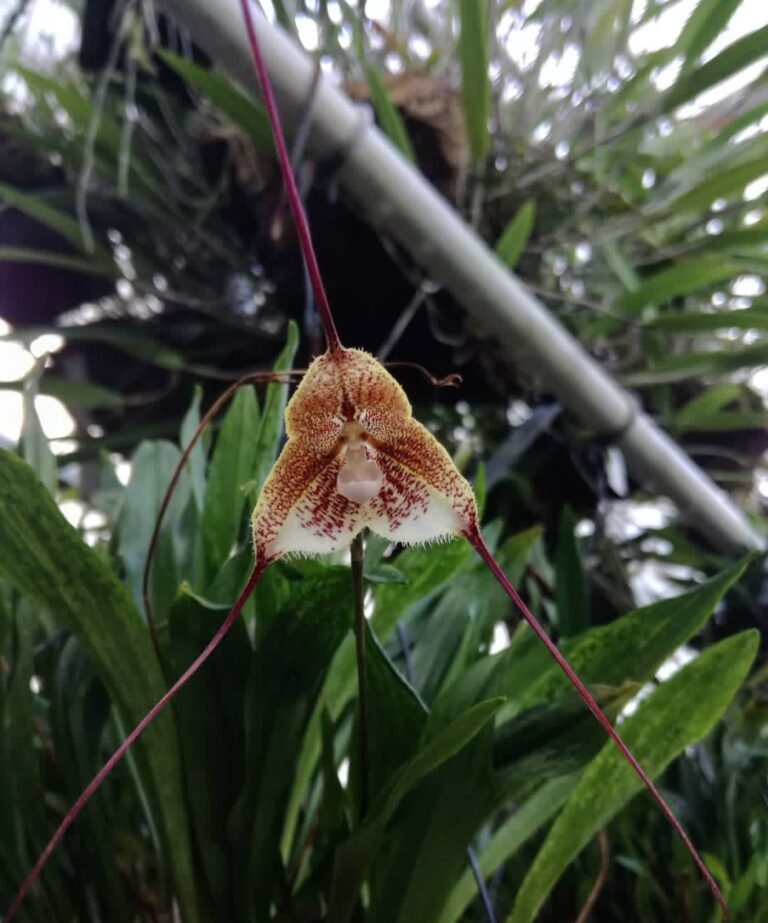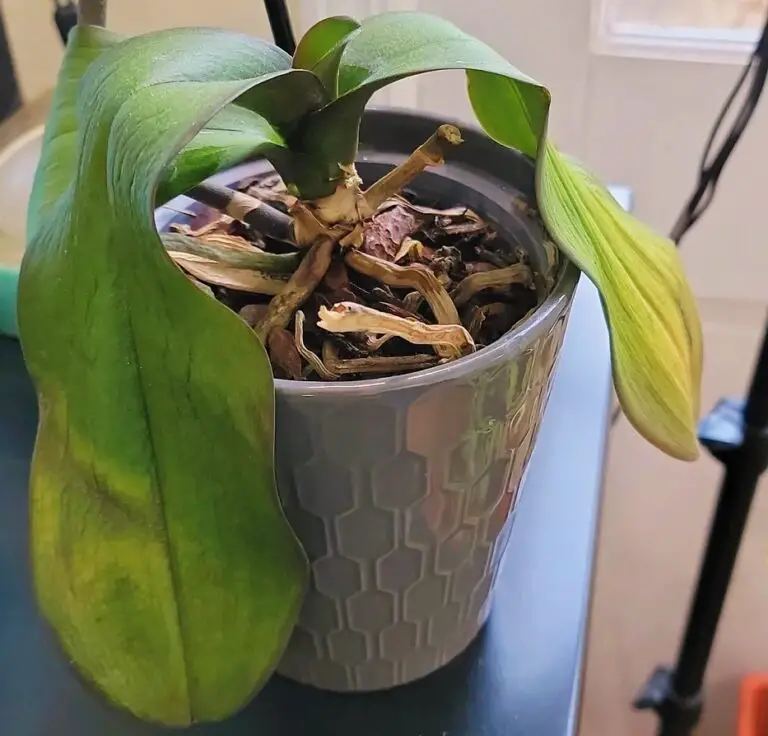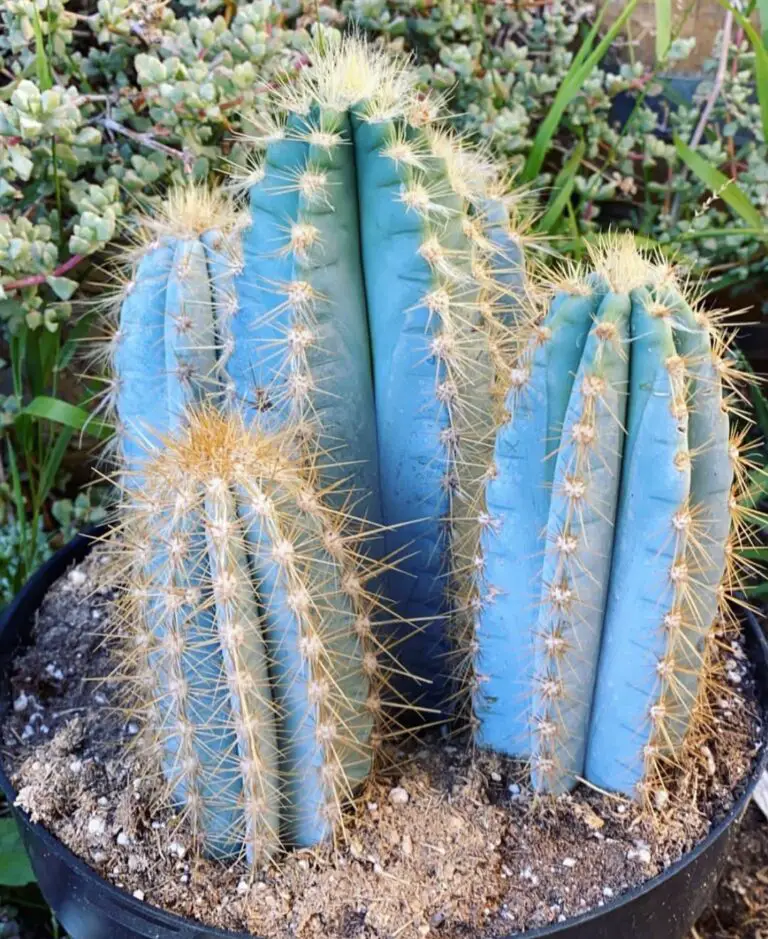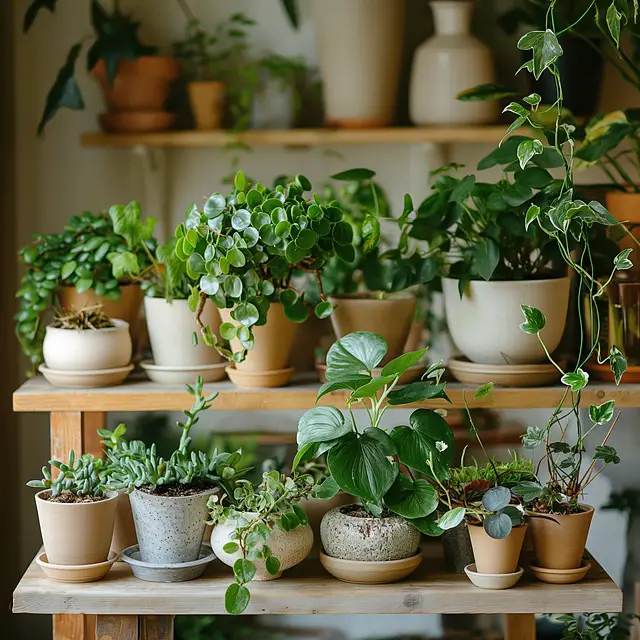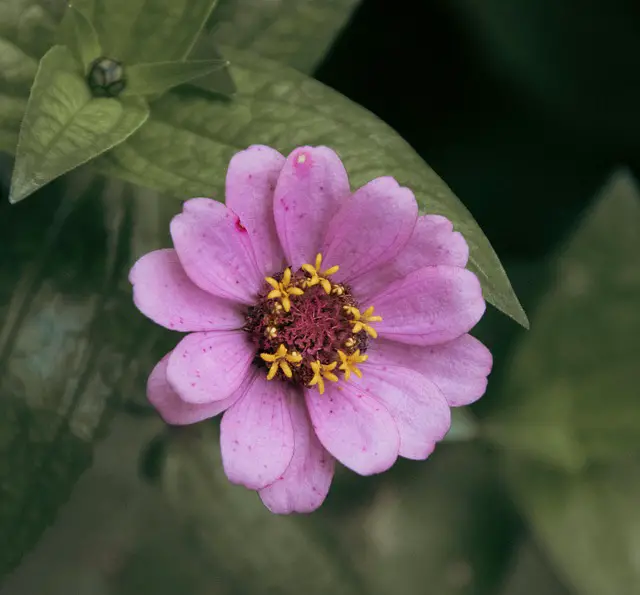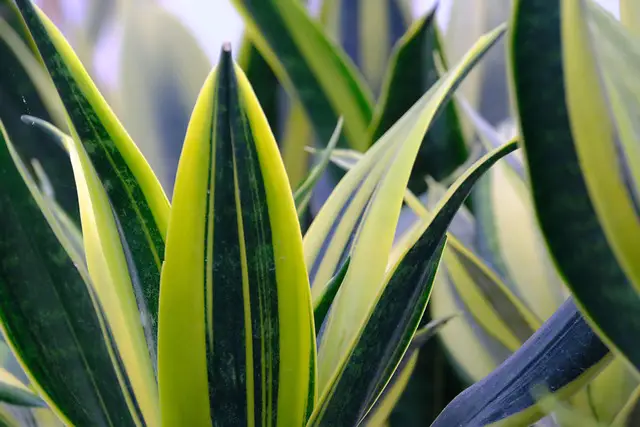Orchid Adoption 6 care tips: Finding a New Home for Your Plants
Orchid enthusiasts understand the deep connection that can form between a grower and their beloved plants. However, there may come a time when you find yourself needing to part ways with some of your orchids. Whether it’s due to space constraints, shifting interests, or simply wanting to ensure your orchids receive the care they deserve, orchid adoption is a thoughtful way to find new homes for these beautiful blooms. In this blog post, we’ll explore the steps and considerations involved in giving your orchids a new lease on life through adoption.
Prepare your orchids for adoption.
Preparing your orchids for adoption is a crucial step to ensuring their successful transition to a new home. Here’s a guide on how to get your orchids ready for adoption:
Health Assessment: Start by evaluating the overall health of your orchids. Remove any dead or yellowing leaves, and check for signs of pests or diseases. Treat any issues promptly to ensure you’re offering adopters healthy plants.
Repotting: If your orchids have outgrown their pots or if the potting mix has degraded, consider repotting them. Choose an appropriate pot size and fresh orchid potting mix. Carefully remove the orchid from its old pot, trim any dead or rotting roots, and place it in the new pot with fresh media. Be gently so as not to harm the fragile roots.
Cleanliness: Clean the leaves and stems of your orchids using a damp cloth or a gentle shower of lukewarm water. This helps remove dust and keeps the plant looking vibrant.
Labelling: If your orchids are part of a collection or you have specific information about each plant, provide labels or tags with essential details such as the orchid’s name, care requirements, and any unique characteristics. This information can be invaluable for the adopter.
Pruning: Trim any overgrown or unruly branches or spikes, ensuring that the plant maintains a tidy appearance. However, avoid excessive pruning, as it can cause stress to the orchid.
Fertilisation: Avoid applying fertiliser for a few weeks before adoption to reduce the risk of overfertilization in the new environment. Provide information about the orchid’s fertilisation schedule to the adopter.
Watering Schedule: Share your orchid’s current watering routine with the adopter. Make sure the orchid is adequately hydrated before the transfer.
Transplant Shock Mitigation: Be aware that orchids may experience transplant shock when moved to a new environment. Minimise this by keeping the orchid in a stable condition and maintaining consistent care practices during the transition.
Packing: If the orchid needs to be transported to its new home, pack it carefully in a box with adequate padding to prevent damage during transit. Ensure that the orchid is well secured to avoid movement during transport.
Documentation: Provide the adopter with any documentation you have about the orchid, such as care guides, certificates of authenticity (if applicable), and records of past care, like the last repotting date or fertilisation schedule.
Transition Care Instructions: Offer clear and concise care instructions for the orchid, including light requirements, temperature preferences, and watering guidelines. The more information you provide, the better equipped the adopter will be to care for the plant.
Support: Offer to answer any questions or provide guidance to the adopter during the initial period of transition. This can help ease their concerns and ensure the orchid’s well-being.
By taking these steps to prepare your orchids for adoption, you’ll increase the chances of a smooth transition and ensure that your beloved plants continue to thrive in their new homes.
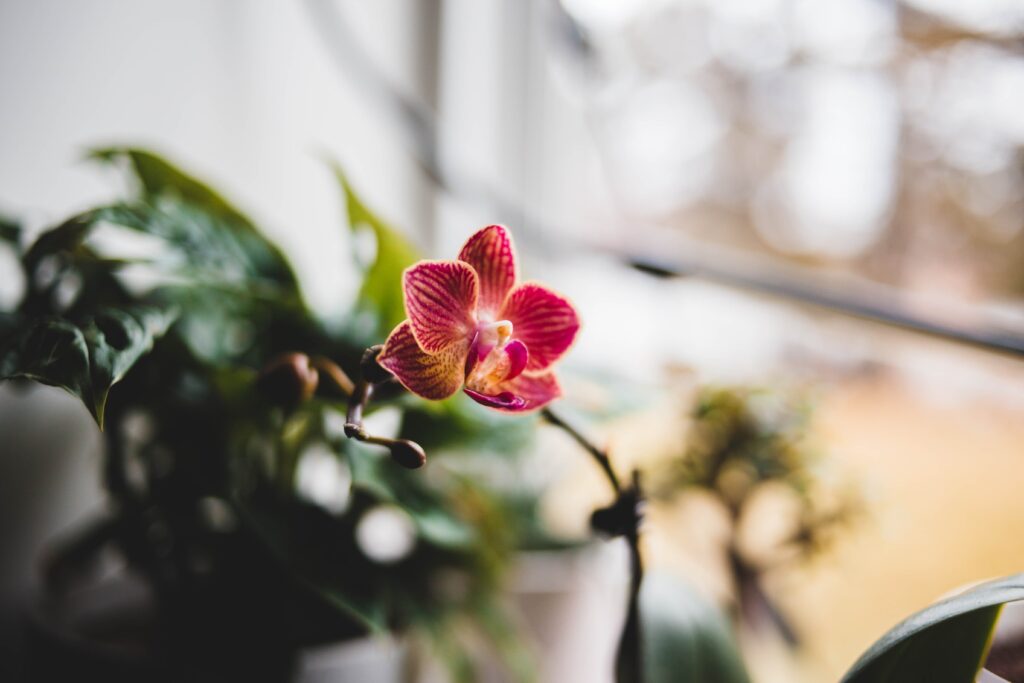
Create an Adoption Profile
Creating an adoption profile for your orchid is essential for attracting potential adopters and ensuring your plant finds a caring new home. Here’s a template for an orchid adoption profile:
Orchid’s Name: (if applicable)
Species or Hybrid: (Include the orchid’s scientific name if known.)
Age: (Specify how long you’ve had the orchid.)
Size: (Mention the approximate height and width of the orchid.)
Description: (Provide a brief description of the orchid’s appearance, such as flower colour, leaf type, and any unique features.)
Care Requirements:
Light: (detail the orchid’s light preferences, e.g., bright indirect light, filtered sunlight, or specific light requirements)
Temperature: (Include the recommended temperature range for this orchid.)
Humidity: (Note if the orchid prefers higher humidity levels.)
Watering: (Specify the orchid’s watering needs, such as how often and whether it prefers to dry out between waterings.)
Fertilisation: (Indicate the fertilisation schedule and type of fertiliser used.)
Potting Mix: (Describe the type of potting mix or medium the orchid is currently in.)
Blooming Season: (If applicable, mention when the orchid typically blooms.)
Health Status: (Detail the orchid’s current health, any recent treatments, or issues it has had.)
Reason for Adoption: (Explain why you are seeking a new home for this orchid, whether it’s due to space constraints, changing interests, or other reasons.)
Previous Care: (Share any care practices you’ve followed, including repotting history, pest control measures, and other relevant information.)
Additional Information: (Include any additional details about the orchid that might be relevant or interesting to potential adopters.)
Photos: (Attach high-quality photos of the orchid, including close-ups of flowers, leaves, and the overall plant.)
Contact Information: (Provide your preferred contact method for potential adopters to reach out to you.)
Remember that honesty is key when creating an adoption profile. Providing accurate information about your orchid’s care requirements, health, and reasons for adoption will help match your orchid with a responsible and caring new owner who can provide the best possible care.
Reach Out to Orchid Enthusiasts
Reaching out to orchid enthusiasts to find a suitable home for your orchids can be an exciting and rewarding process. Here’s a guide on how to connect with potential adopters:
Online Orchid Forums and Communities: Join online orchid forums and communities where enthusiasts gather to discuss their passion for orchids. Websites like OrchidBoard.com, OrchidTalk.com, or the Orchid Board on Reddit can be excellent places to start. Create a post in the appropriate section of these forums, describing your orchids and your intent to find them new homes.
Social Media Groups: Facebook groups and Instagram accounts dedicated to orchid enthusiasts are vibrant communities where you can share your adoption profiles. Search for relevant groups and hashtags, and then post your orchid adoption profiles with clear photos and detailed descriptions.
Local Gardening Clubs: Attend local gardening club meetings or events. Many gardening enthusiasts also have a keen interest in orchids. Share your adoption intentions with club members, or ask if they know someone who might be interested.
Orchid Shows and Sales: If you have access to orchid shows or sales events in your area, consider attending them. These events attract orchid enthusiasts, and you can personally connect with potential adopters.
Online Marketplaces: Websites like eBay, Etsy, or specialised orchid selling platforms allow you to list your orchids for adoption. Be sure to include detailed descriptions and photos.
Orchid Adoption Groups: Some online groups and websites are specifically dedicated to orchid adoption. Look for such platforms and follow their guidelines for listing your orchids.
Local Nurseries and Garden Centres: Speak with local nurseries and garden centres that specialise in orchids. They may be willing to help you find suitable adopters or display your adoption profiles.
Collaborate with Orchid Rescues: If there are orchid rescue organisations in your area, collaborate with them. They often have networks of enthusiasts looking to adopt and can connect you with potential adopters.
Use a variety of channels; don’t stick to just one.Use a combination of the above strategies to maximise your chances of finding the right homes for your orchids.
Engage with interested parties: When potential adopters express interest, engage in conversations with them. Ask about their experience with orchids, their care practices, and their motivations for adopting. Ensure they are well-prepared to care for your orchids.
Remember to be patient and thorough in your vetting process to ensure your orchids go to responsible and caring homes. Providing clear and accurate information about your orchids in your adoption profiles will help attract the right adopters who can provide the best care for your plants.
Screen potential adopters
Screening potential adopters for your orchids is a critical step to ensure that your plants find loving and responsible homes. Here’s a guide on how to effectively screen adopters:
Ask About Their Experience: Inquire about the adopter’s experience with orchids. Ask how long they’ve been growing orchids, how many they currently have, and if they have successfully cared for similar species or hybrids.
Understanding Their Commitment: Determine the level of commitment the adopter has towards orchid care. Ask about their daily routine, how they plan to care for your orchid, and whether they are prepared for the time and effort required.
Gauge Their Knowledge: Assess their knowledge of orchid care. Pose questions about the specific care requirements of the orchid you’re looking to adopt, including light, temperature, humidity, and watering needs. Knowledgeable adopters are more likely to provide proper care.
Discuss Their Growing Conditions: Find out about the adopter’s growing conditions, including the type of growing space they have (e.g., greenhouse, windowsill, or grow tent) and whether it aligns with the orchid’s requirements.
Previous Orchid Experience: Ask if they have successfully grown similar orchids in the past. Inquire about any challenges they’ve faced and how they addressed them.This can reveal information about how well they can solve problems.
Pest and Disease Management: Discuss their approach to pest and disease management. Ensure they are aware of common orchid pests and diseases and have a plan to prevent and address them.
Ask for References: Request references from the adopter, especially if they are part of orchid clubs or groups. Contacting their references can provide additional insights into their orchid-growing skills and reliability.
Visit Their Growing Space: If possible, arrange a visit to the adopter’s growing space to assess its suitability for your orchid. This can also give you a sense of the adopter’s overall orchid care setup.
Discuss their long-term plans: Inquire about their long-term commitment to orchid care. Are they planning to move or make significant changes to their growing conditions in the near future? Ensure they are prepared for a long-term commitment.
Open Communication: Encourage open communication with the potential adopter. Address any concerns or questions you may have, and give them the opportunity to do the same.
Have a Trial Period: Consider a trial period where the adopter cares for the orchid under your guidance for a specific duration. This can help both you and the adopter assess compatibility.
Finalise the Adoption Agreement: Once you are satisfied with the adopter’s suitability, finalise the adoption agreement. Outline the terms of the adoption, the responsibilities of both parties, and any arrangements for follow-up or support.
By carefully screening potential adopters, you can increase the likelihood that your orchids will thrive in their new homes and continue to bring joy to their new carers.
Arrange a safe transition.
Ensuring a safe transition for your orchids to their new homes is crucial to their well-being. Here’s how to arrange a safe transition:
Communication: Maintain open and transparent communication with the adopter. Share all relevant information about the orchid, including its care history, preferences, and any specific needs or quirks.
Transplantation: If the orchid needs repotting or is being transported, do it carefully. Follow proper repotting procedures, taking care not to damage the roots. Use fresh orchid potting mix and a suitable pot size.
Provide Care Instructions: Give the adopter detailed care instructions specific to the orchid, including light requirements, temperature preferences, a watering schedule, and fertilisation guidelines. Make sure they understand these instructions thoroughly.
Packaging for Transport: If the orchid is being transported to its new home, ensure it is packed securely to prevent damage during transit. Use a sturdy box, secure the pot to prevent movement, and add cushioning material to protect the plant.
Transition Period: Consider a gradual transition period to help the orchid acclimatise to its new environment. This might involve adjusting light levels or humidity gradually over a few weeks.
Monitor and Support: Offer to monitor the orchid’s progress in its new home and provide support and guidance during the initial adjustment phase.Address any queries or issues the adopter may have.
Emergency Contact: Provide the adopter with your contact information in case of emergencies or if they have questions about the orchid’s care. It’s essential to be reachable in case issues arise.
Follow-up: Schedule follow-up check-ins with the adopter to see how the orchid is doing. This allows you to ensure the orchid is thriving and offers an opportunity to address any challenges the adopter may face.
Sharing Records: Share any records you have of the orchid’s care, such as its repotting history, last fertilisation date, and any past health issues. This information can be valuable for the adopter.
Supportive Environment: Ensure that the adopter’s growing space is suitable for the orchid’s needs. Verify that it meets the requirements you discussed and observed during any visits.
Emergency Plan: Discuss an emergency plan in case the orchid encounters unexpected issues, such as pests or disease. Provide guidance on how to address these situations promptly.
Educate on Orchid Care Resources: Direct the adopter to reputable orchid care resources, such as books, websites, or local orchid clubs, where they can seek additional guidance and connect with fellow enthusiasts.
By taking these steps, you’ll help ensure a smooth and safe transition for your orchids to their new homes. This approach not only benefits the orchids but also fosters a positive experience for both you and the adopter.
Stay Connected
Staying connected with the new orchid carers is an excellent way to ensure the continued well-being of your beloved plants. Here’s how to maintain a connection with the adopters:
Exchange Contact Information: Ensure you have the adopter’s contact information, including email, phone number, and any preferred communication platforms.Also provide them your contact information.
Regular Check-Ins: Schedule periodic check-ins with the adopter to inquire about the orchid’s progress. These check-ins can be weekly or monthly, depending on the initial adjustment period and the comfort level of the adopter.
Ask for Updates: Encourage the adopter to share updates and photos of the orchid’s growth and blooms. This not only keeps you informed but also allows you to celebrate the orchid’s milestones together.
Answer Questions: Be available to answer any questions or concerns the adopter may have about orchid care. Promptly address inquiries to ensure the orchid receives the best care possible.
Offer Support: Extend your support and expertise whenever needed. If the adopter encounters challenges, provide guidance on troubleshooting and problem-solving.
Share Tips: Share tips and insights based on your experience with the specific orchid. Offer advice on maintaining optimal growing conditions and adjusting care routines as needed.
Celebrate Success: Celebrate successful orchid care milestones, such as the orchid producing new growth or blooming. This positive reinforcement can strengthen the bond between you and the adopter.
Provide Resources: Direct the adopter to valuable orchid care resources, such as books, websites, or local orchid clubs, where they can find additional support and connect with fellow enthusiasts.
Emergency Assistance: Be available for emergency assistance if the orchid faces sudden health issues or problems. Offer guidance on addressing immediate concerns and potential remedies.
Arrange visits: If feasible and agreed upon, arrange occasional visits to see how the orchid is thriving in its new environment. This can also provide an opportunity to offer in-person guidance.
Maintain a Positive Relationship: Foster a positive and friendly relationship with the adopter. Building trust and rapport can lead to a more collaborative and successful orchid care experience.
Respect boundaries: Be mindful of the adopter’s preferences for communication frequency and the level of involvement they desire. Maintain support while also respecting their boundaries
By staying connected with the new orchid carers, you can ensure that your orchids continue to receive the care and attention they deserve in their new homes. It also allows you to share in the joy of their growth and blossoms from a far away
FAQ
How do you bring an orchid home?
When bringing an orchid home, ensure it’s properly packaged to protect its delicate flowers and roots.When transporting it, try to keep it away from excessive temperatures
Where should I put my new orchid?
Orchids thrive in bright, indirect light. Place your new orchid near a window with filtered sunlight, away from direct sun. Ideal room temperature is usually suitable for most orchid varieties.
What is the secret to keeping orchids alive?
The key to keeping orchids alive is maintaining a balanced environment. Proper watering (usually once a week), well-draining orchid mix, and consistent humidity are crucial. Avoid overwatering, as orchids dislike soggy roots.
What is the best advice for orchids?
The best advice for orchids includes providing them with proper care: adequate light, proper watering, and using a specialized orchid fertilizer. Additionally, repot orchids when needed and monitor for pests and diseases.
